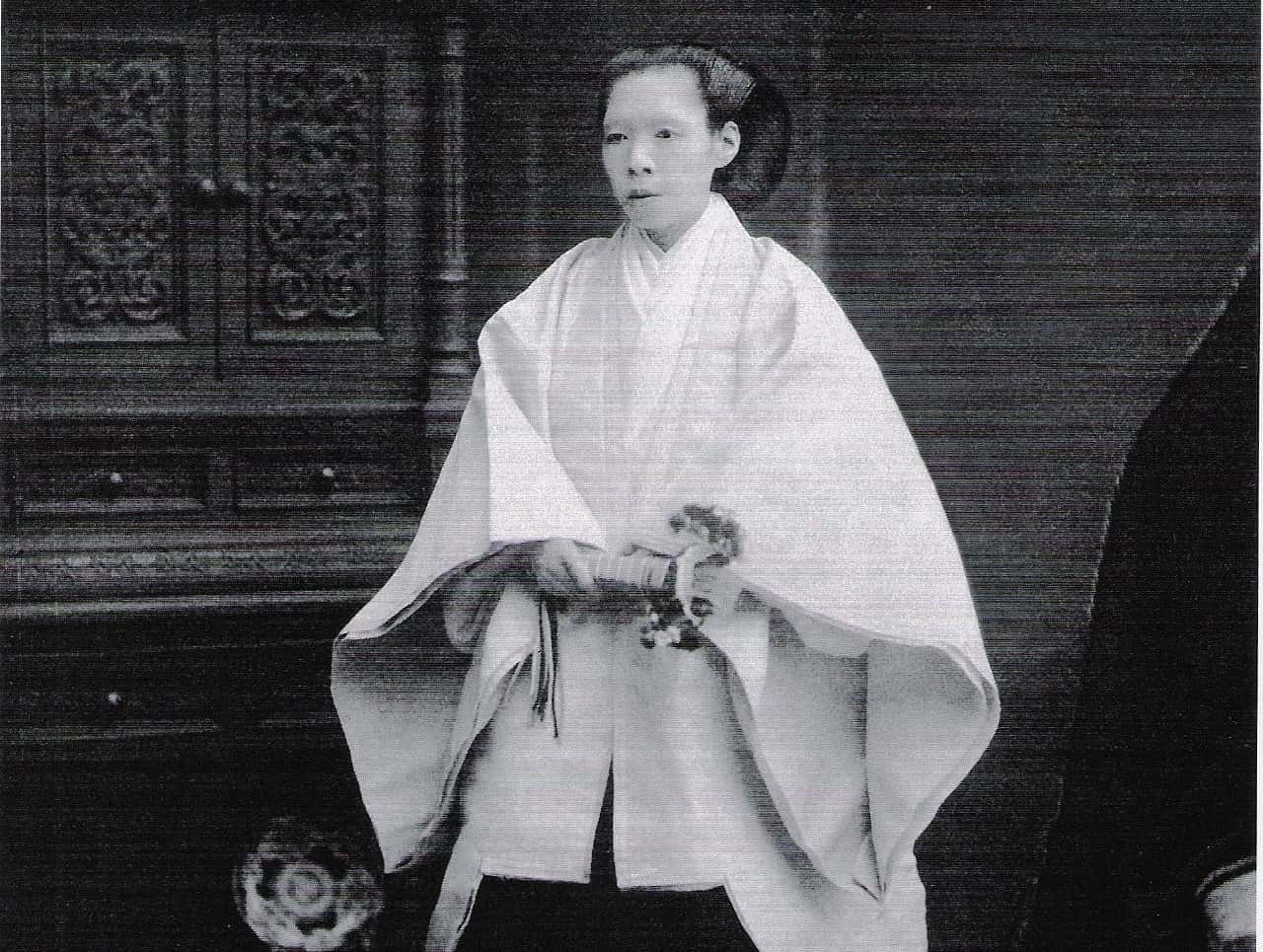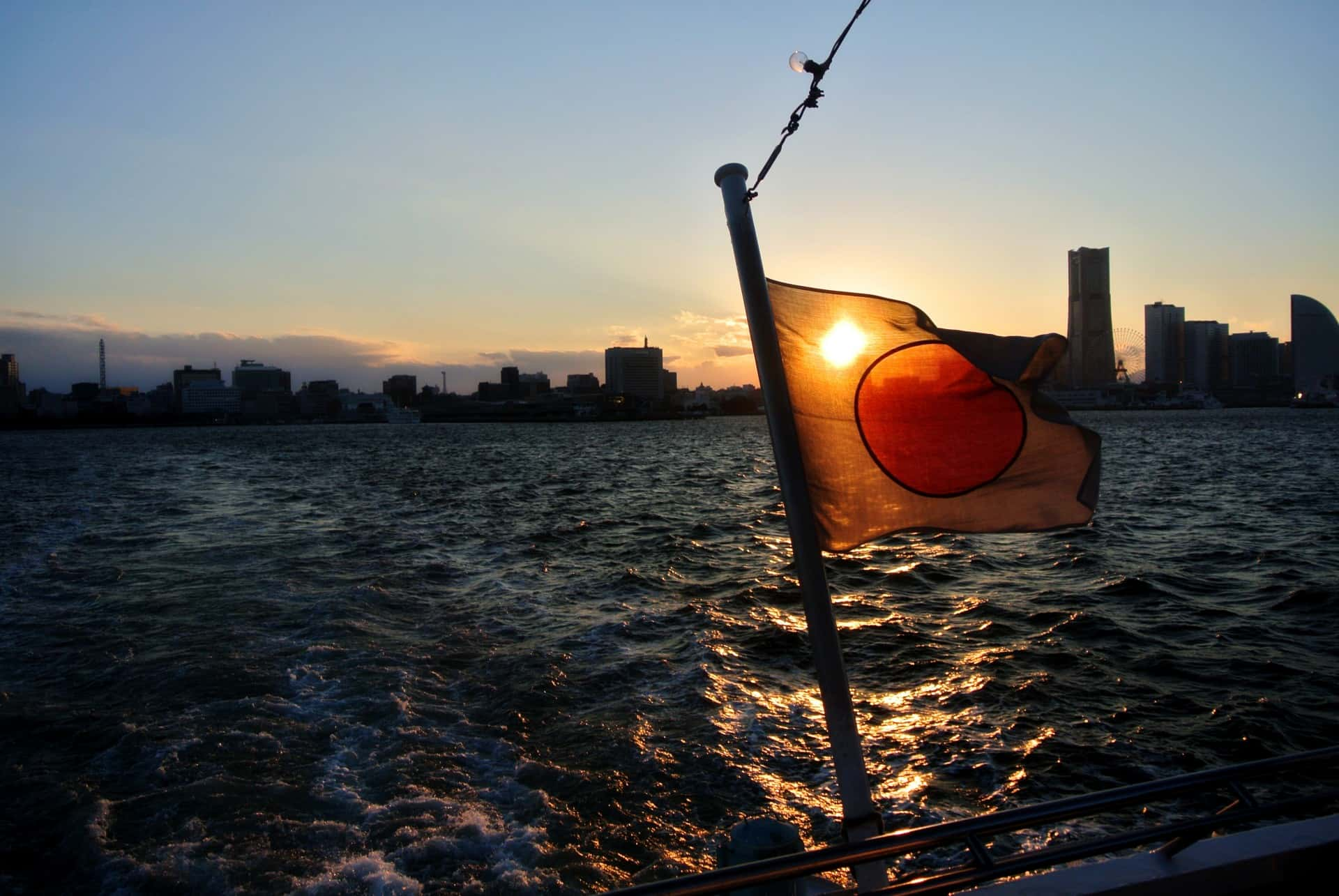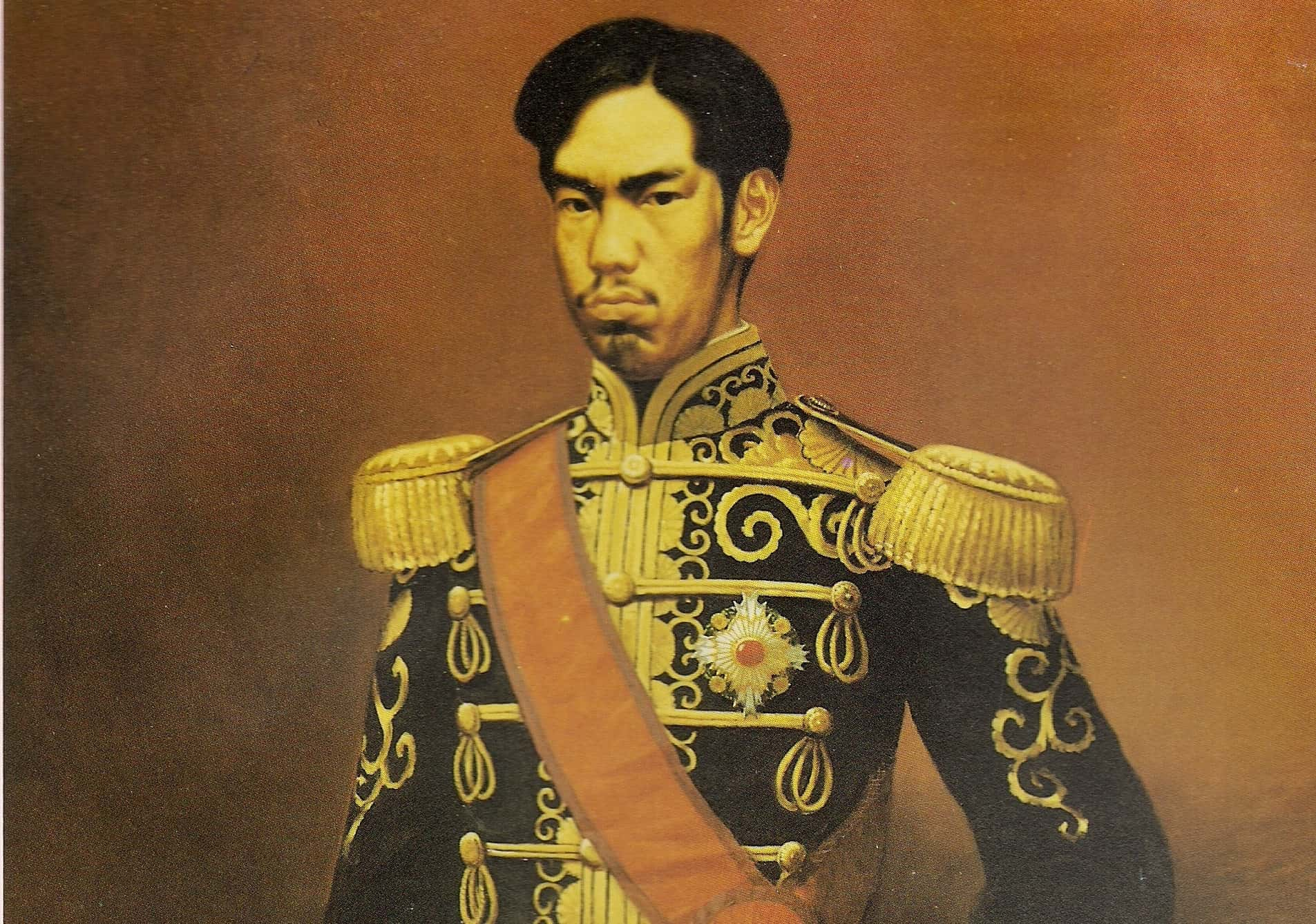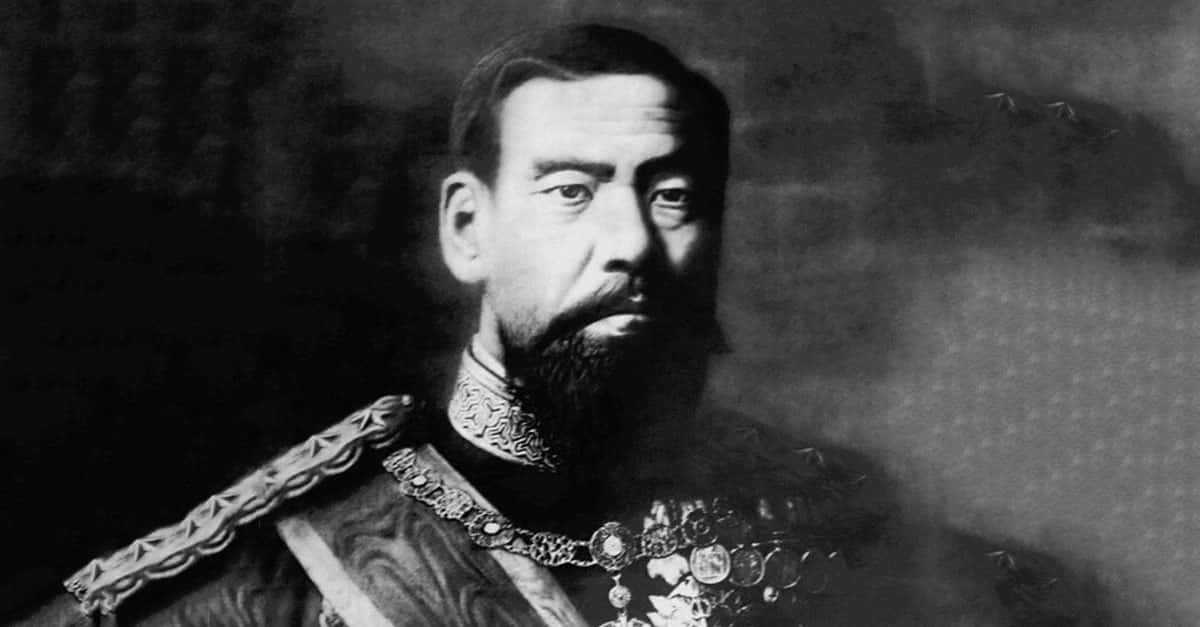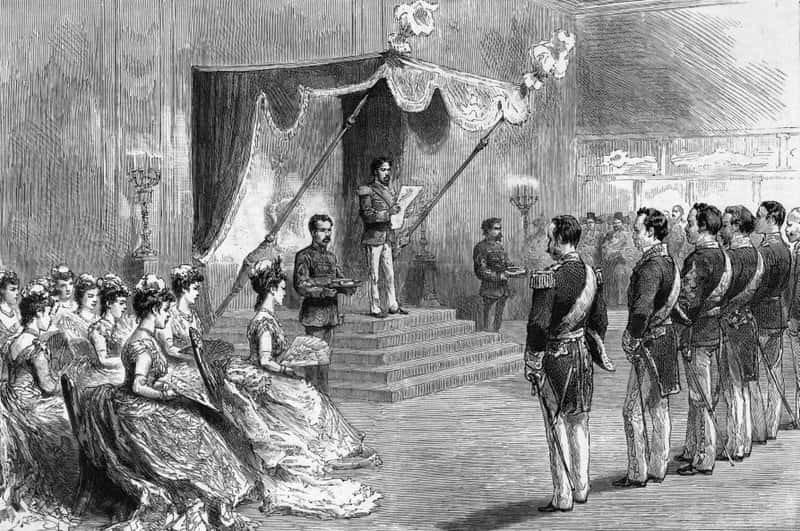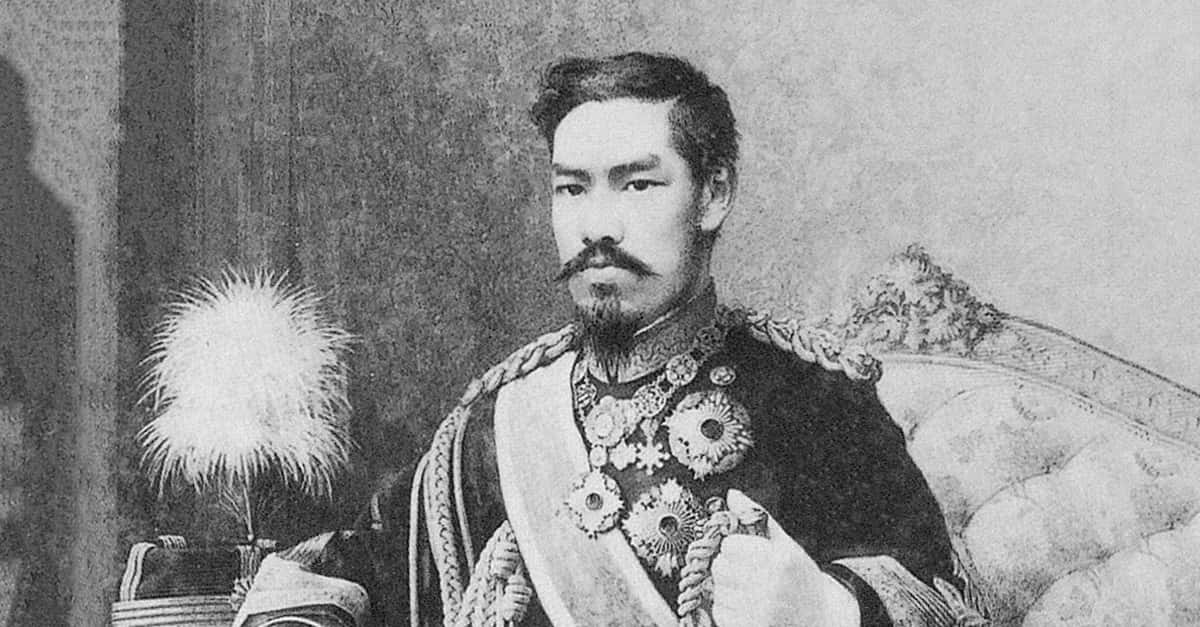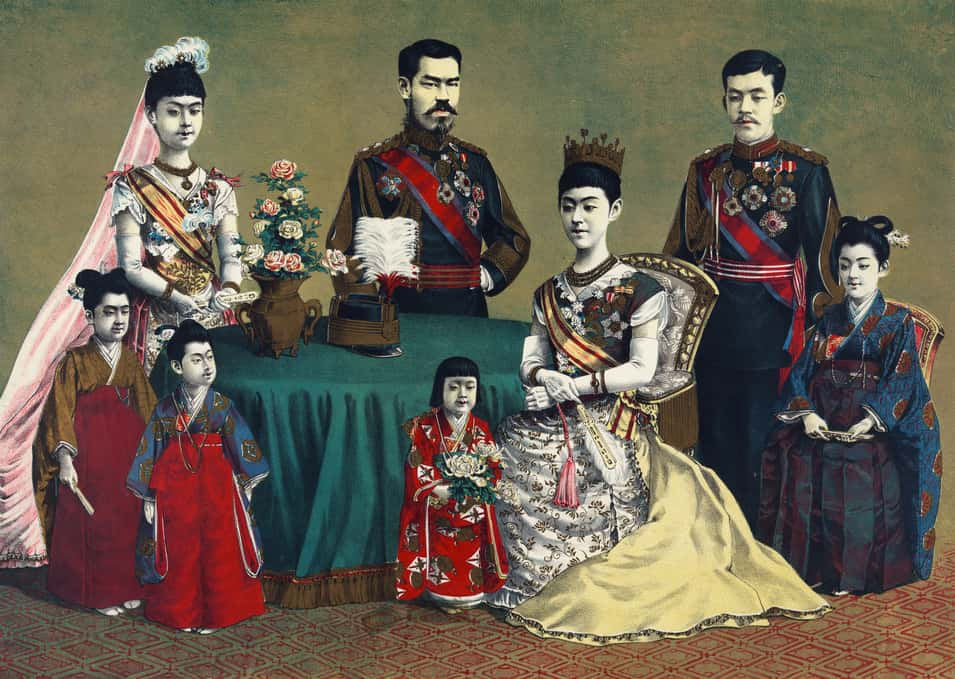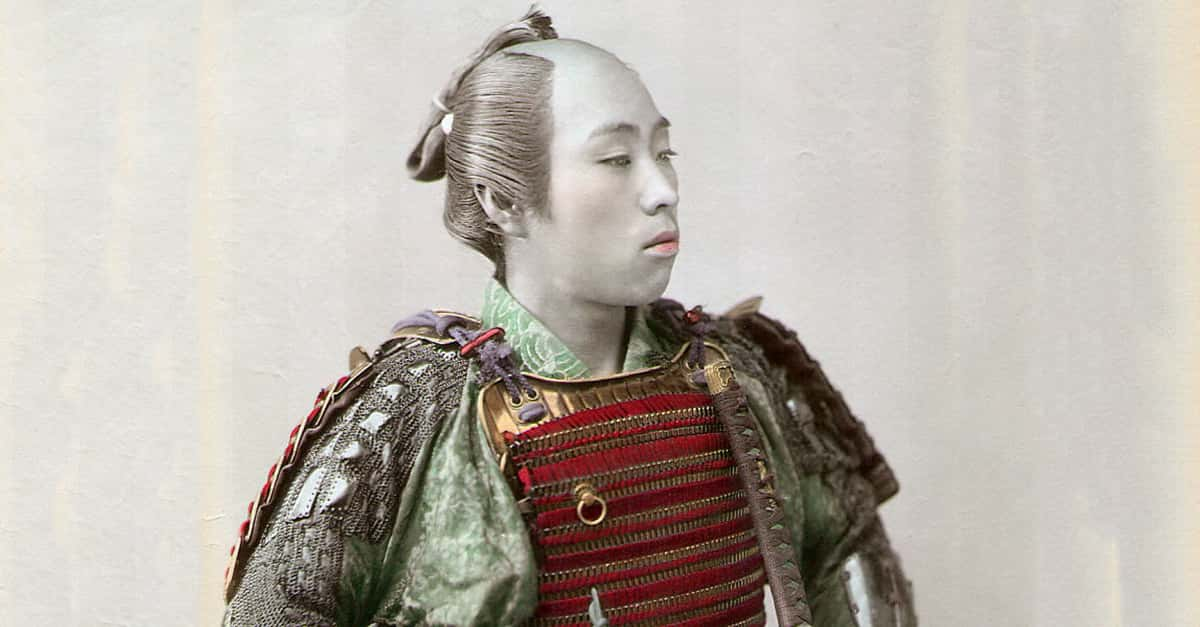Famous for bringing Japan into the modern world, Emperor Meiji was a fascinating figure who came into power at a young age and was one of the people responsible for molding Japan into one of the world’s great powers. Here are some of the most interesting facts about Emperor Meiji.
1. Legitimizing The Rebels
The rebels who overthrew the Japanese government in the middle of the 19th century claimed that they were “restoring” the imperial power of Japan, and thus named the new era of imperial rule beginning in 1868 the “Meiji,” meaning Enlightened rule or “bright government". It was only posthumously that he was named Emperor Meiji.
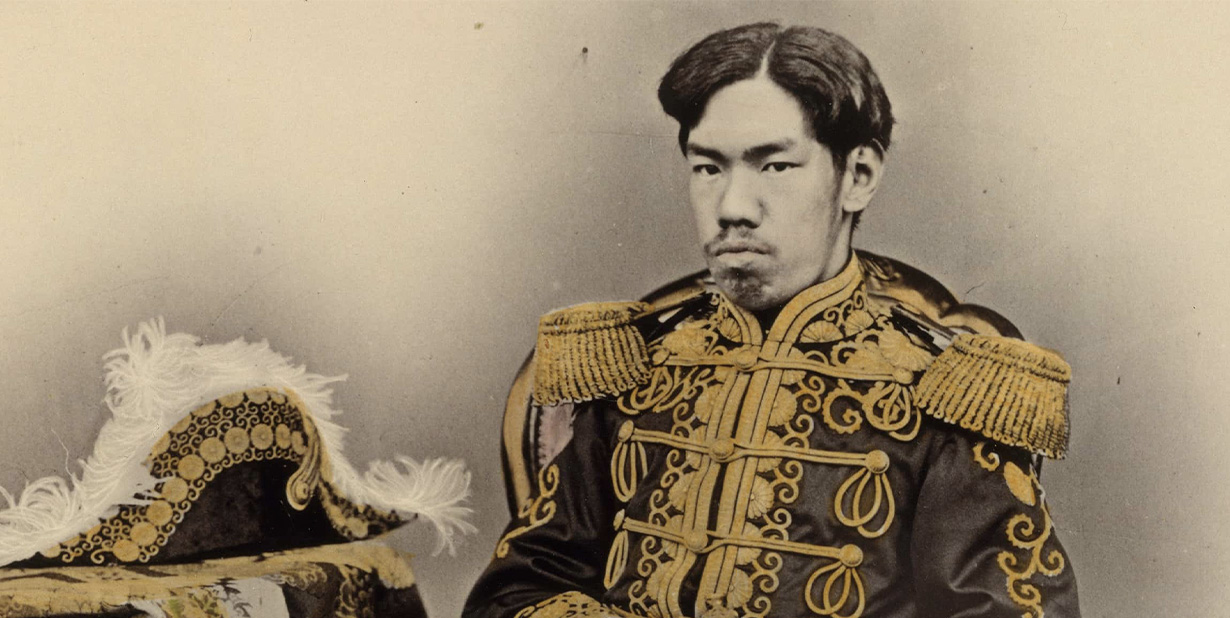
2. The Meiji Calendar
Since a new imperial tradition was being created out of an old mold, the Meiji restoration decided that they would start keeping a new calendar alongside the adopted Western calendar. Thus, 1868, the year that Emperor Meiji was installed, is commonly referred to as Meiji 1 and the year of his passing is referred to as Meiji 45.
3. Born A Prince
Though he is known as the Emperor Meiji, the prince was born in 1852 with the name Sachinomiya, meaning Prince Sachi. His mother was the concubine of his father, Emperor Kōmei, and was named Nakayama Yoshiko. He would later become Mutsuhito, or 睦仁, upon being proclaimed the crown prince and rightful heir to the throne in 1860.
4. Another Mother
Though his real mother was a concubine of the emperor, his acting mother was Nakayama Tadayasu, who was a major counselor to the emperor.
5. Young Emperor
The Emperor Meiji was only 14 years old when he was declared emperor. There is scant information about his early life, with numerous inconsistent accounts of his childhood; some portray him as an aggressive child, while others describe him as a frail and often ill youngster.
6. Not Taking School Seriously
What is known about his childhood, however, is that the young Prince Sachi did not take education seriously. We know this because he admitted as much: one of the major themes in his poetry is his regrets about not studying enough. Maybe he'd just got his report card back?
7. Creating A Modern Nation
By creating the Meiji Emperor, the new elites of Japan were forging a new national identity, which, in fact, was the first national identity of Japan, as previously the people of islands did not consider themselves as a nationally unified front. Rather, the people of modern-day Japan usually used local affiliations to identify themselves.
8. Advancements In Armed Forces
One of the great achievement by Emperor Meiji was the modernization and advancement of the National Army of Japan. This project reached its peak with Meiji's first imperial advancement, when Japan initiated a conflict against Korea in 1894, marking the beginning of the First Sino-Japanese conflict. With a swift and decisive victory for Japan, the rest of the world was shocked and forced to confront the reality that a new power was in the making.
9. Symbolic Power
As you can clearly see, the Emperor Meiji was used as a tool, and though he did have some power and say in things, he was a largely symbolic emperor, with “sacred and inviolate” authority. The symbolic power lay in an invented, patriarchal memory: in unifying Japan on its history, culture, and traditional indigenous Shinto religion. The real power was in the hands of those elites who could best act in the name of the emperor whenever the opportunity arose. Effectively, Japan was ruled by an oligarchy.
10. Creating Tokyo
Prior to Emperor Meiji, the capital city of Japan was Kyoto. With the ushering in of the Meiji era, the capital was officially moved the city of Edo, which was renamed Tokyo. “Tokyo” means “the eastern capital". Edo was chosen because it was the old center of shogunate power.
11. Modernizing Japan
The slogan of those who championed the Meiji restoration was “Enrich the country, strengthen the army". Though the restoration linked itself to history, it was really about modernizing Japan in an effort to resist Western influence.
12. Forest Shrine
Following his passing in 1912, a forest was established as a shrine to Emperor Meiji. This forest, named Meiji Jingu, is man-made and was created by collecting over 100,000 trees from around Japan and planting them in Yoyogi, a barren area of Tokyo.
13. Great Success
The Meiji era was such a great success that merely seven years following the departure of Emperor Meiji, Japan found itself listed as one of the influential "Big Five" powers of the modern world at the Versailles Peace Conference. The other countries recognized at the end of the WWI were France, Italy, the United Kingdom, and the United States.
14. The Emperor’s Disease
Toward the end of his life, Emperor Meiji suffered from diabetes. This meant no more sake for him. Nonetheless, given that Japan had allowed Western imports, his physician suggested that he swap his sake consumption with red fermented grape beverage. Upon hearing about this, a winery in Burgundy, France decided to annually present their finest red to the Emperor every December until his passing.
15. A New Oath
The major document that kicked off the Meiji period is known as the Charter Oath. This five-point statement was a way of abolishing the old feudal ways and installing a modern way of democratic governing in Japan, which sought to unite all classes of people and exercise deliberative democratic assemblies. As the Meiji Emperor said: “Knowledge shall be sought all over the world, and thereby the foundations of imperial rule shall be strengthened".
16. New Classes
With the old class system of feudalism finally abolished by the Charter Oath, the former outcasts and peasants were now considered equals in law, though residing in the lower class. Though the former shogun was ousted from his position of power, there wasn’t violent retribution, as he was instead absorbed into the wealthy class of the new Japan.
17. Camera Shy
Though there are some pictures of Emperor Meiji in his youth, these were produced as forms of propaganda for the new national identity of the era. After the release of these photos, the emperor avoided photographs at all costs. Most of the pictures used of the emperor and his family are in fact images called nishikie, or “brocade pictures,” which are brightly colored popular prints.
18. A Mission To End Isolation
Emperor Meiji sent Japanese diplomats and diplomats over to Europe and the United States in 1871 in order to study their forms of modernization and education systems. Known as the Iwakura Mission, it was the first great step to modernization for Japan, which was climbing out of isolation.
19. Better Education
One of the results of the Iwakura Mission was a new education system in Japan. Returning to their homeland with Western educational ideas, there was a trial and error period that resulted in a massive overhaul of the Japanese educational system that brought the rate of enrollment from 30% up to 90% by the end of the century.
20. Live Fast, Die Young, Emperors Do It Well
There was something of a curse in the Imperial family: four of Emperor Meiji's five predecessors didn't live to see age 40, and even then, the one Emperor who did would die at the still-tender age of 46.
21. Cut Short
As it turns out, the low-life expectancy of the Japanese Imperial line was not limited to Emperors dying in their 40s. More tragically, infant mortality in the bloodline was also extremely high: although Emperor Meiji had five brothers and sisters, they all failed to survive infancy, leaving him as an only child. Likewise, when he had his own children, only five out of 15 lived to see adulthood.
22. First Constitution
In 1899, the Constitution of Japan was implemented, which successfully centralized law and brought all the people of the country under one set of laws. This was essentially a mixture of the Prussian and British models of constitutions, combining absolute monarchy with constitutional law. The emperor was named Supreme Leader and symbolic head of state, while a Prime Minister was granted the position of head of government.
23. Charter Oath Comes Back Around
The Charter Oath had a long-lasting impact. Following the Japanese surrender at the end of WWII, Emperor Hirohito supported the imposed changes to his government by directly citing the Charter Oath.
24. Goodbye Samurai
As many of the former class distinctions were abolished, the samurai were stripped of all their privileges. This led to the dissolution of the samurai class and financial distress for many of them, as they no longer received a stipend from the government. This became one of the great symbols of the transition into a modern Japan.
25. Still A Boy
The Emperor Meiji married Masako Ichijō, the daughter of an Imperial official. At the time of their meeting, the Prince Mutsuhito was unable to officially marry the future empress, as he was still considered a boy, because he had not yet performed his manhood ceremony, known a genpuku.
26. Humble Beginnings
In Imperial Japan, the act of childbirth was considered a debased and dirty act, and even the birth of a prince was no exception. The vaunted Imperial Palace was seen as no place for a birth, and Emperor Meiji was actually born in a temporary structure away from the royal center, usually near the mother's childhood home.
27. Look For Love In All The Wrong Places
The Emperor and Empress would have no children together, yet Emperor Meiji would have 15 children with five different women, who were referred to as official ladies-in-waiting.




